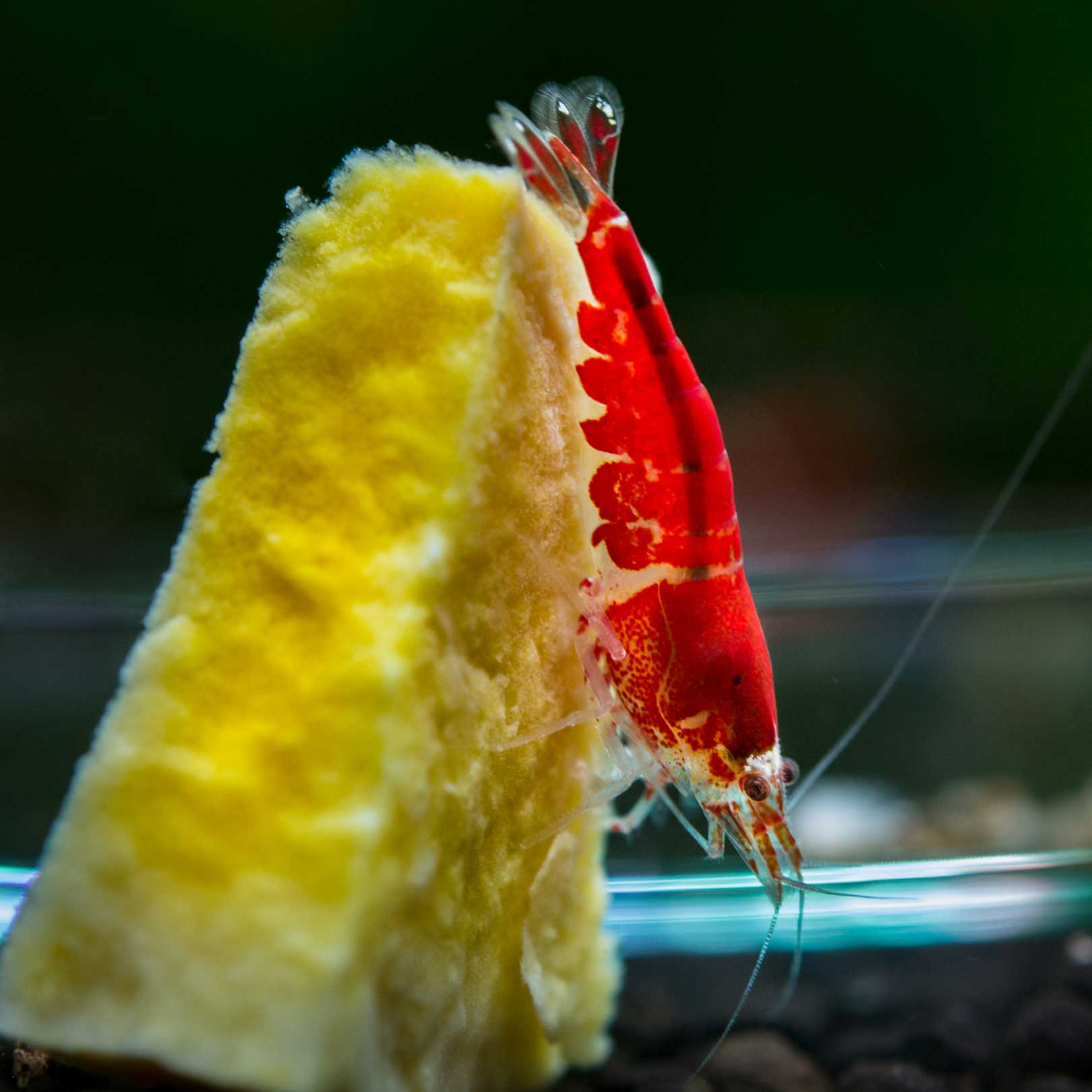Do I Need to Feed My Red Cherry Shrimp?
Red Cherry Shrimp (Neocaridina davidi) are popular freshwater invertebrates known for their vibrant red color and ease of care. As with any pet, providing the proper nutrition is crucial for their health and well-being. But do you need to feed your Red Cherry Shrimp, or can they survive on their own in a well-maintained aquarium?
Natural Diet and Habitat
In their natural habitat, Red Cherry Shrimp are scavengers, feeding on biofilm, algae, and detritus. This diet is naturally present in an established aquarium, providing a constant source of food. Biofilm, which is a thin layer of bacteria and microorganisms, forms on surfaces such as plants, decorations, and even the tank walls. Algae growth, another staple of their diet, also occurs naturally in most aquariums.
Supplemental Feeding
While a well-maintained tank can provide much of the necessary food, supplemental feeding ensures that your Red Cherry Shrimp get a balanced diet and enough nutrients. Here are some recommended foods for them:
Algae Wafers: These are specifically designed for shrimp and bottom feeders, providing essential nutrients and promoting healthy growth.
Vegetables: Blanched vegetables like zucchini, spinach, and cucumber are excellent sources of nutrition. Make sure to remove any uneaten portions to prevent water quality issues.
Shrimp Pellets: Specialized pellets or granules formulated for shrimp provide a balanced diet rich in protein and other essential nutrients.
Leaf Litter: Indian almond leaves or other leaf litter can be added to the tank. As they decompose, they provide both food and shelter for the shrimp.

Feeding Frequency and Amount
Overfeeding can lead to poor water quality, which is harmful to shrimp. A small amount of supplemental food every other day is usually sufficient. Observe your shrimp’s behavior and the amount of uneaten food in the tank. If there is leftover food after a few hours, you may be feeding too much. It’s important to strike a balance to maintain a clean and healthy environment.
Signs of Malnutrition
Watch for signs that your shrimp might not be getting enough to eat, such as:
- Lack of Color: A decline in their vibrant red coloration can indicate poor nutrition.
- Lethargy: Inactive or sluggish behavior may be a sign of malnutrition.
- Molting Issues: Difficulty molting or frequent failed molts can result from inadequate nutrition.
Conclusion
While Red Cherry Shrimp can find a good portion of their diet naturally in a well-established tank, supplemental feeding is beneficial for their health and vibrant color. A balanced diet, along with proper tank maintenance, ensures your shrimp thrive and contribute to a lively, beautiful aquarium. Feeding your shrimp the right amount and types of food will lead to a healthy, active, and colorful shrimp colony.
